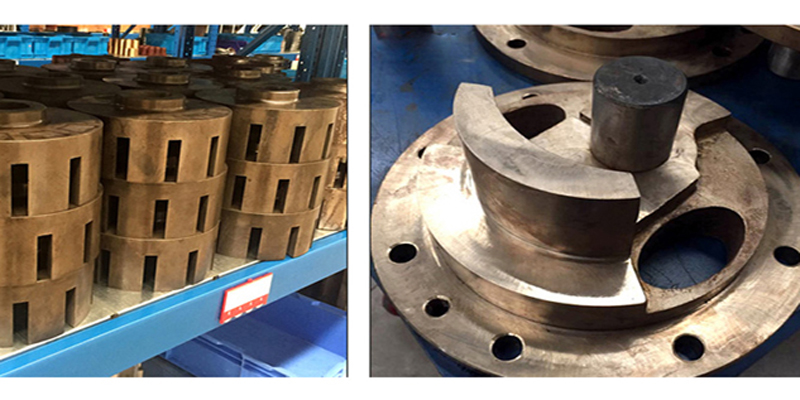How to extend the service life of high viscosity gear pumps
How to extend the service life of high viscosity gear pumps
The transport medium is not only an intermediary for energy transfer, but also a lubricating, sealing and heat transfer medium.
Gear pumps that deliver high-viscosity liquids should achieve the highest flow rates at lower power consumption, less leakage, and greater pressure. The viscosity of the liquid reflects the difficulty of medium flow. Too high viscosity will increase internal friction resistance, reduce output power, waste energy, and generate excessive system temperature. When determining the medium to be transported, the regulations in the product manual should be strictly followed, and the fluid medium recommended by the manufacturer should be used as much as possible, and the operating temperature range of the system should be considered. When it is desired to use in a wide temperature range, the viscosity index of the conveying medium should be higher. When the viscosity of the conveying liquid is high, or when the system is working in a cold environment, it must be ensured that the conveying medium can flow smoothly. Many oils contain waxy components that are easy to crystallize at low temperatures. The freezing point of the conveying medium should be below the expected minimum operating temperature. In addition, the medium to be transported must be compatible with rubber materials such as seals, gaskets, and hoses in the system. If the two are not compatible, then the transport medium must be determined again.
 Noise problem:
Noise problem:
In fluid conveying systems, rapid changes in flow velocity, flow rate, and pressure, bubble bursts, and alternating loads are common causes of noise. Gear pumps that transport high-viscosity liquids are the main sources of system noise.
Reasonably determine the working speed of the gear oil pump so that the rotation of the gear and shaft avoids the meshing resonance frequency, which can prevent the noise from increasing. This is because resonance tends to occur when the meshing frequency is close to the natural frequency of the gear train. Appropriate vibration isolation technology can be used to prevent vibration from being transmitted to adjacent structures. To this end, the gear pump and the drive motor should be connected through a flexible coupling and installed on the same base plate to ensure coaxiality. The base plate is mounted on an elastic support to further improve the vibration isolation effect. An expansion cavity or an accumulator is arranged on the outlet pipe of the gear pump to absorb the pressure pulsation of the pump or the sudden change of pressure in the buffer pipeline, which is an effective means to control the noise of the high viscosity gear pump.
